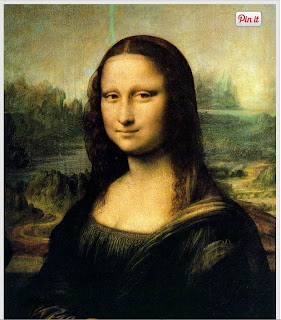Lines are marks made by a pointed tool: brush, pencil, pen, etc. Lines can vary in width, direction, curvature, length, or color.
I choose this image because the line on the ceiling are clear.
I picked this image because you can clearly see the lines.
Shape
Shapes are formed wherever the ends of a continuous line meet. Geometric shapes such as circles, triangles or squares have perfect, uniform measurements and don't often appear in nature. Organic shapes are associated with things from the natural world, like plants and animals.
I choose this picture because the shape of the place the people are in.
I picked this photo because it has a good shape on the rock.
Color
I picked this photo because there are different colors on the painting.
I choose this image because it has different green colors.
Value (Tone)
I choose this image because it has dark colors.
I picked this photo because its black and white.
Form
Form describes objects that are three-dimensional, having length, width, and height.
I picked this picture because the people seem 3-D.
I choose this image because the green things are popping out.
Texture
Texture can be rough, bumpy, slick, scratchy, smooth, silky, soft, prickly--the list is endless. Texture refers to the surface quality, both simulated and actual, of artwork.
I choose this image because it seems very smooth.
I picked this picture because it looks bumpy.
Space
I picked this image because there is space between all cans.
I choose this picture because the toothpicks are separated.
Balance
I picked this image because it will still be the same if you fold it.
I choose this picture
Contrast
Contrast is created by using elements that conflict with one another. Often, contrast is created using complementary colors or extremely light and dark values. Contrast creates interest in a piece and often draws the eye to certain areas. It is used to make a painting look interesting.
I picked this image because it has light and dark colors
I choose this photo because it draws attention in a certain place
Emphasis
I picked this photo because the eye viewer is focused on the man
Movement
I choose this photo because it has different shapes
I picked this photo because it has different colors and shapes
Pattern
I choose this image because it has patterns
I picked this picture because it has black and white patterns
Rhythm
Rhythm is the repetition of shapes, lines, and forms. Rhythm is a movement in which some elements recurs regularly. Like a dance, it will have a flow of objects that will seem to be like the beat of music.
Unity
I choose this image because the paint can look like it has a rhythm













.jpg)



































